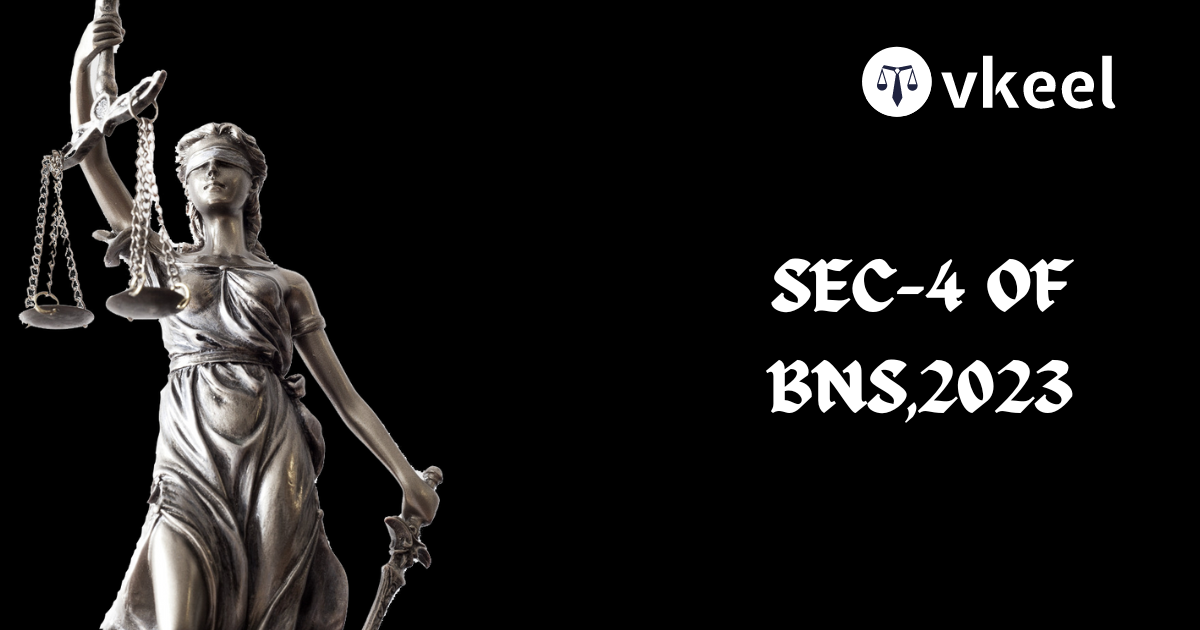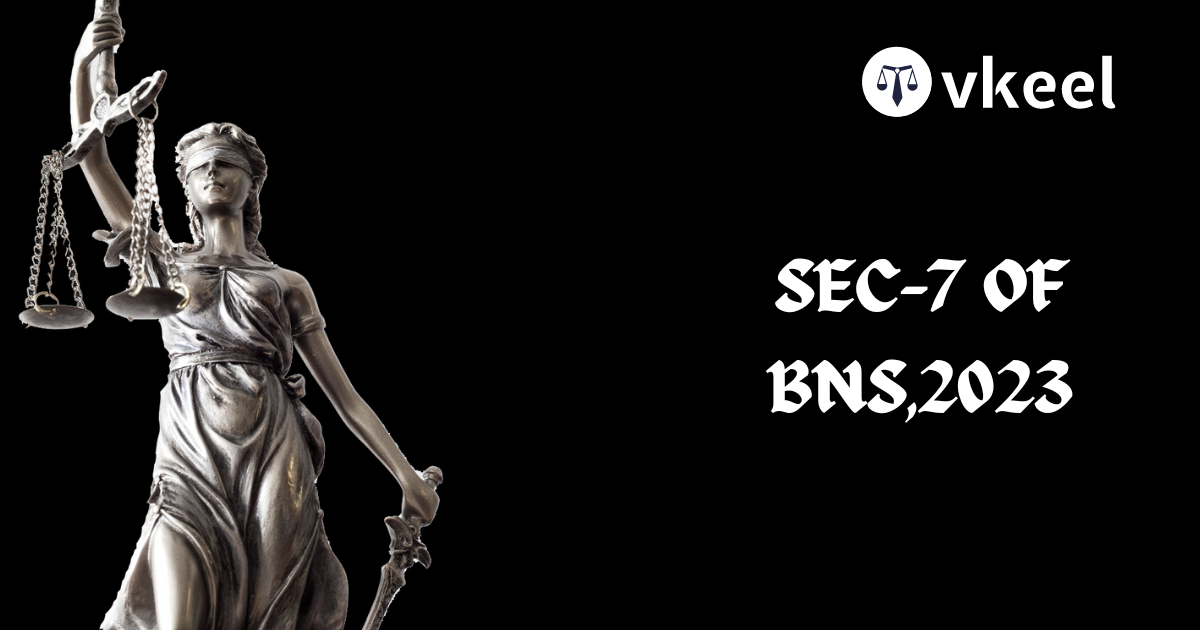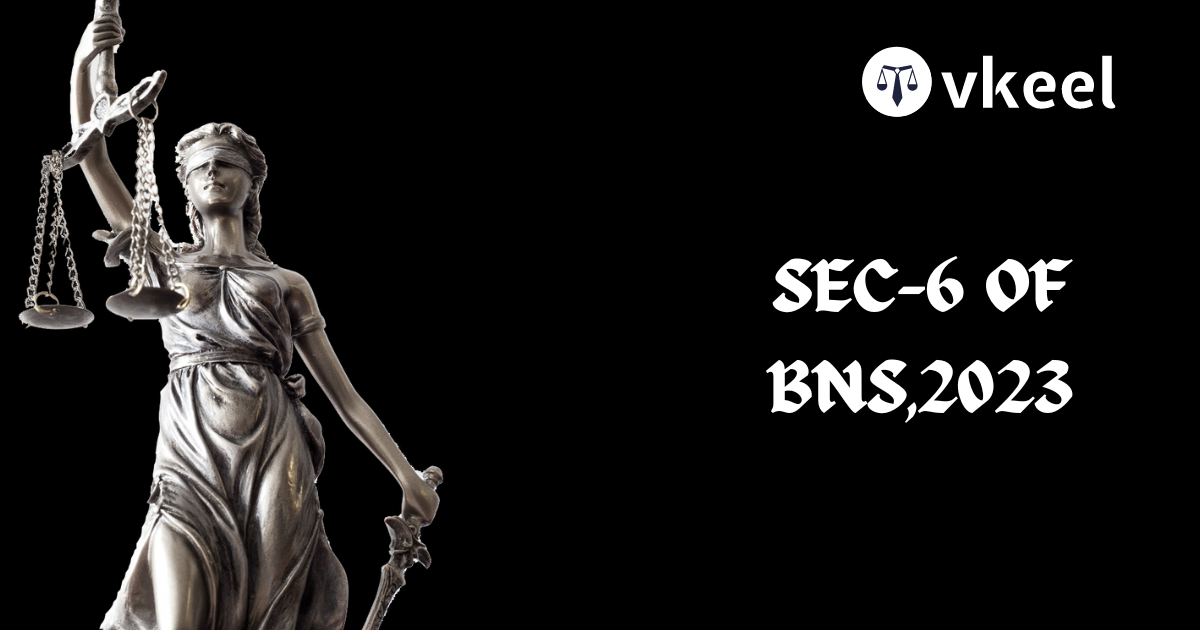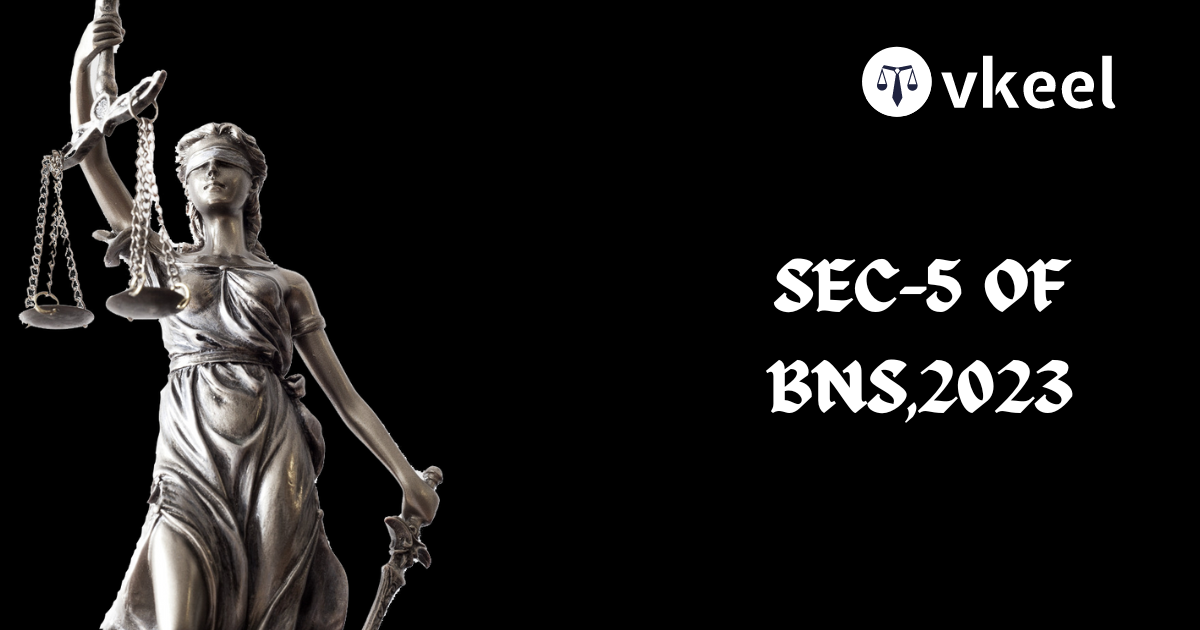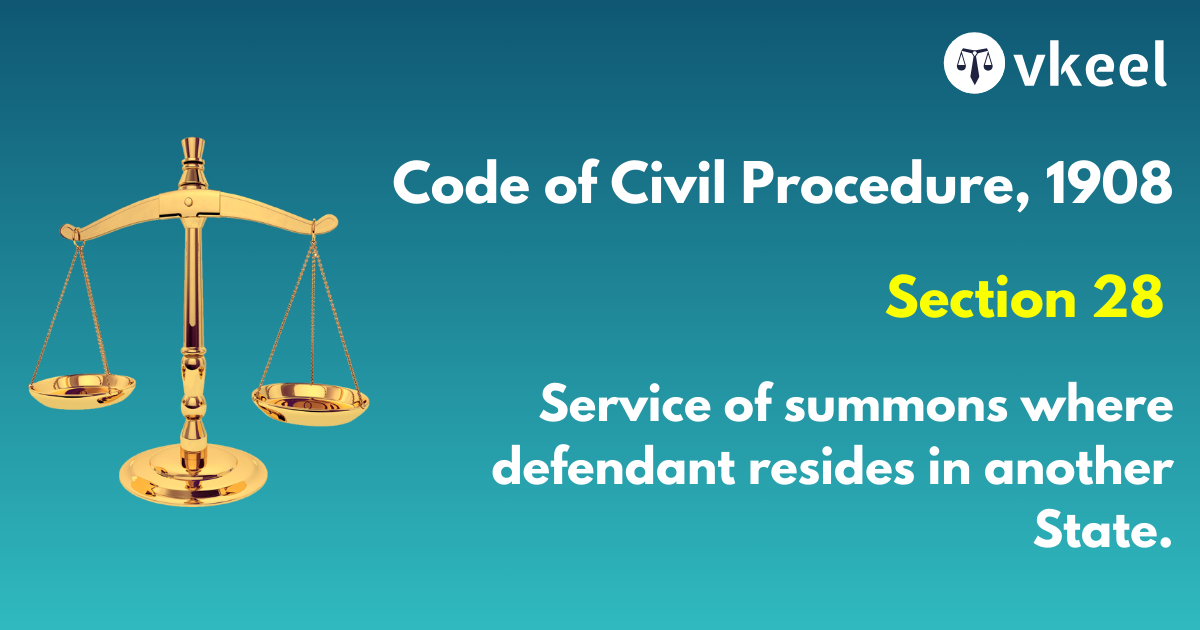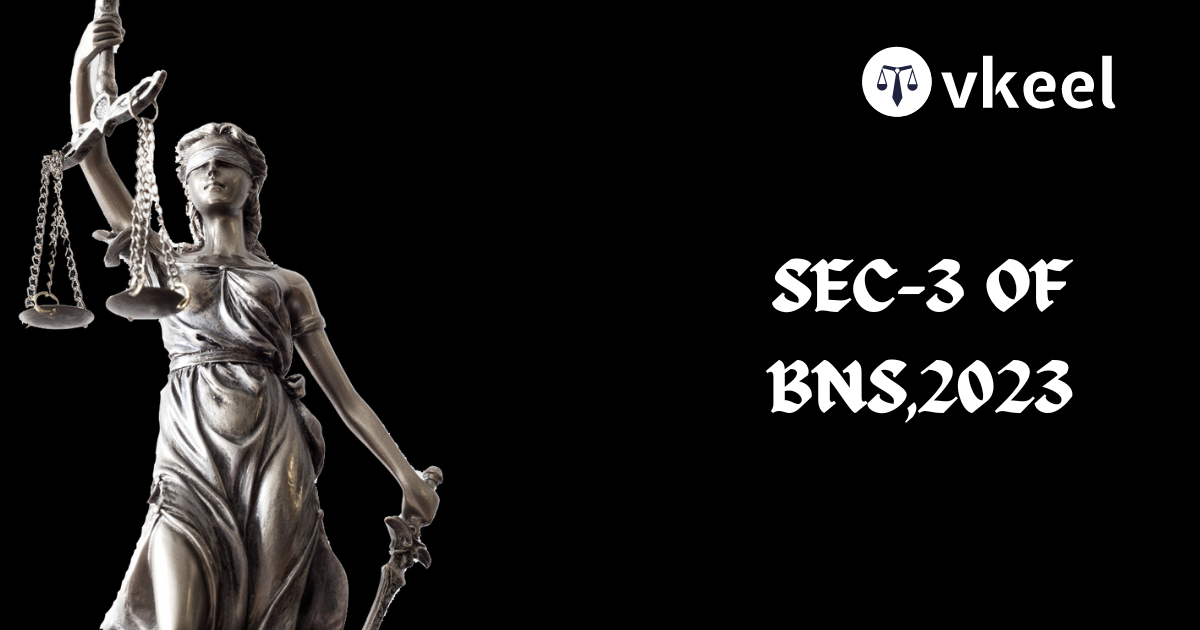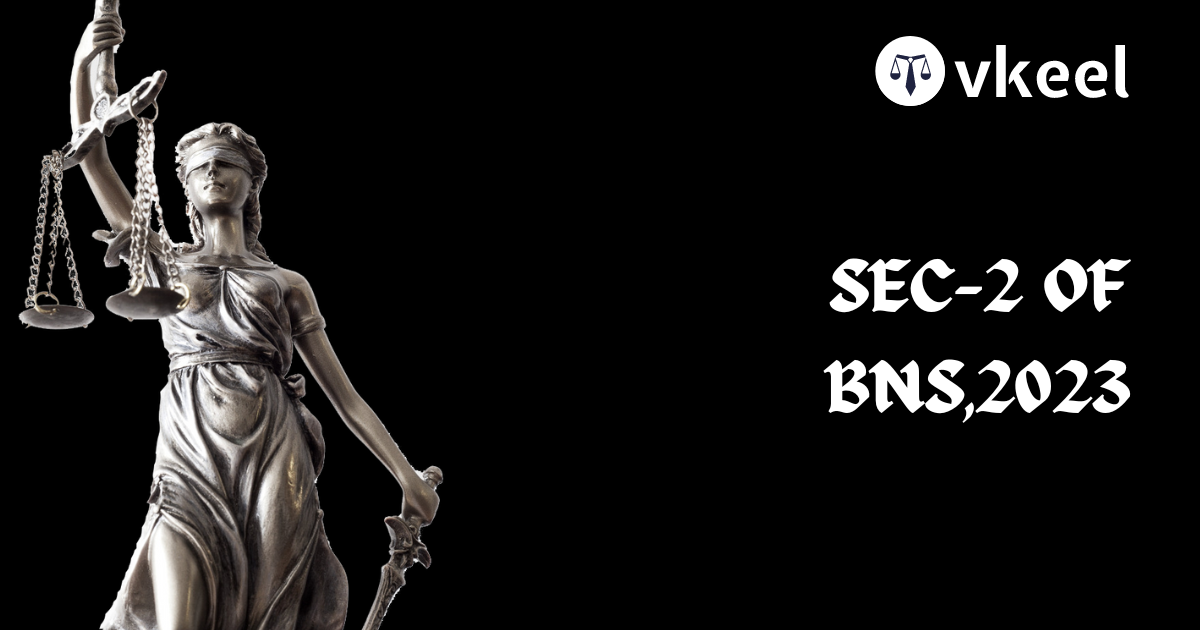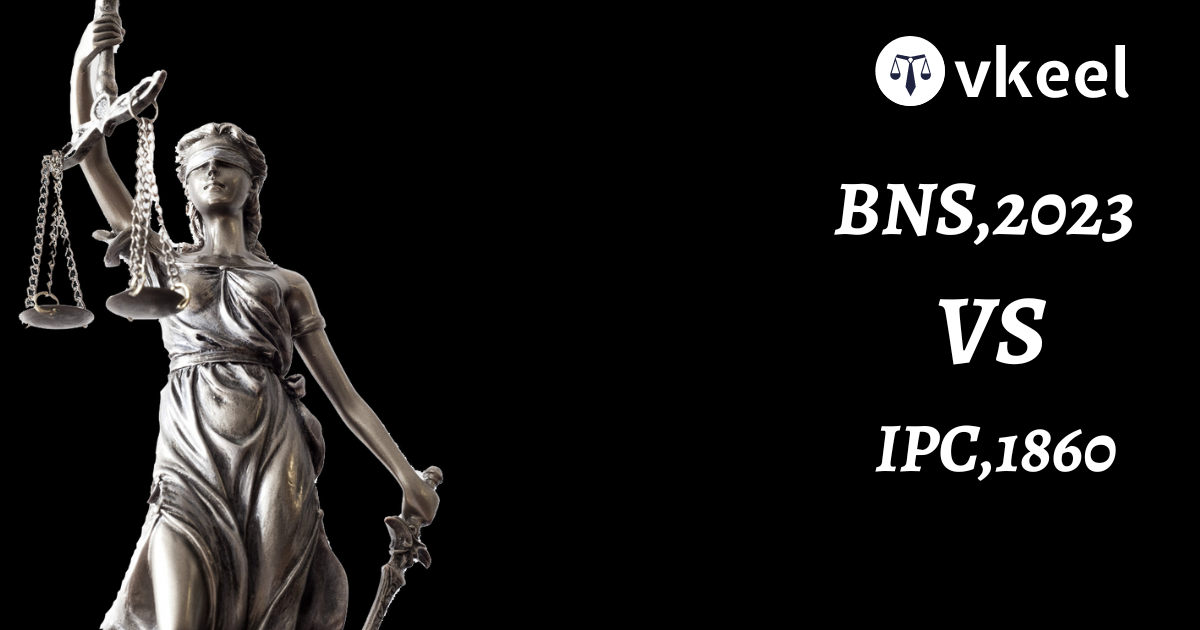Sec-4 of BNS,2023
By Himanshu Kumar
Introduction
Sec-4 of BNS,2023 sets the scope for the enforcement of the BNS and deals with various forms of punishment that can be imposed for criminal offenses.
The Bharatiya Nyaya Sanhita,2023 represents a comprehensive codification of laws governing criminal offenses in India. Section-4 of the Bharatiya Nyaya Sanhita,2023 lays down a list of punishments that may be imposed by courts upon individuals convicted of criminal offenses.
This section provides the framework for judicial discretion in determining appropriate penalties based on the gravity of offense, the circumstances surrounding the crime and considerations of justice.
Overview of Section-4 of BNS,2023
The punishments listed in Section-4 are:
| 1. Death |
| 2.Impriosnment for life |
| 3.Impriosnment |
| 4.Forfeiture of property |
| 5.Fine |
The fundamental purpose of prescribing these punishments is to maintain law and order, deter criminal behavior and ensure that justice is served. Each form of punishment is designed to address different levels of criminal culpability, providing courts with flexibility in delivering judgements that correspond with the severity of the crime.
- Death Penalty: The death penalty is the cruelest form of punishment under section 4. While capital punishment remains a contentious issue worldwide ,it is reserved for the rarest of rare” cases in India , typically for heinous crimes such as murder, murder, terrorism or offenses that severely threaten national security.
- Case Law: Bachan Singh vs State of Punjab (1980 AIR 898)
- In this landmark case, The Hon’ble Supreme Court of India held that the death penalty could only be imposed in the “rarest of rare” cases, where the crime is so brutal and inhumane that no other punishment would be sufficient. The court emphasized the need for a thorough examination of the crime, the circumstances surrounding it , and the accused’s background before awarding the death penalty. This case serves as guiding principle in the application of capital punishment under Section 4.
- Case Law: Nirbhaya Case(Mukesh & Anr v. State for NCT of Delhi,2020 SCC online SC 229)
- The Nirbhaya case, involving the brutal gang rape and murder of a young woman in Delhi, led to the imposition of the death penalty on the convicts. The Hon’ble Supreme Court upheld the death sentences , reinforcing that such crimes warranted the highest form of punishment. The case demonstrated the application of Section4(1) in dealing with crimes that shock the conscience of society.
- Case Law: Bachan Singh vs State of Punjab (1980 AIR 898)
- Imprisonment For life: Imprisonment for life is a sentence in which the convict is incarcerated for the remainder of their natural life, unless the sentence is commuted or reduced by the executive authorities. Life imprisonment is typically imposed in case of serious offenses where the death penalty is not considered appropriate.
- Case law: Kehar Singh vs State (1988 SCR Supl.(3) 1103)
- In this case, the Hon’ble Supreme Court upheld the life imprisonment sentence for Kehar Singh, one of the accused in the assassination of the Prime Minister Indira Gandhi. The court observed that life imprisonment could be imposed in cases where the death penalty is not deemed necessary but the gravity of the crime warrants a long-term sentence.
- Case Law: Union of India vs . Sriharan@Murugan(2016) & SCC 1
- This case clarified that life imprisonment means that imprisonment for the convict’s of entire life unless the sentence is commuted by the appropriate government. The court also held that remission powers are subject to judicial review, ensuring that the executive’s authority in commuting sentences is not arbitrary.
- Case law: Kehar Singh vs State (1988 SCR Supl.(3) 1103)
- Imprisonment
- Section 4 provides for two types of imprisonment: rigorous and simple. Rigorous imprisonment involves hard labor , while simple imprisonment dose not require any physical labor. The courts can decide between the two forms of imprisonment based on the nature of the offense and the offender’s circumstances.
- Case Law: State of Gujarat vs Hon’ble High Court of Gujarat (1998 SCC(7) 392)
- In this case, the Hon’ble Supreme Court dealt with the issue of overcrowding in jails and the implementation of prison reforms. While addressing the conditions of imprisonment, the court emphasized the need to ensure that the sentence imposed aligns with the nature of the crime and that prisoners rights are protected during incarceration. This case highlights the importance of humane treatment during imprisonment.
- Forfeiture of Property
- It is a form of punishment where the convict’s property is seized by the state as part of the sentence. This is generally applied in cases involving economic offenses, corruption and crimes against the state.
- Case Law: Mohammad Shahabuddin vs State of Bihar(2012) 3 SCC 619
- In this case, the court upheld the forfeiture of property as part of punishment for Mohammad Shahabuddin , a former politician convicted of various criminal offences. The court reasoned that forfeiture was an appropriate penalty to ensure that the convict did not benefit from ill-gotten wealth or assets acquired through criminal activities.
- Fine
- The imposition of fines is one of the most common forms of punishment , often used in conjunction with other sentences such as imprisonment my not be necessary.
- Case law: Ravindra Kumar Dey vs. State of Orissa(1976 AIR 1719)
- In this case, the Hon’ble Supreme Court imposed a fine on the accused for a minor offence . the court noted fines could be an effective deterrent for non-violent offenses, allowing the criminal justice system to maintain order without overcrowding prisons.
FAQs(Frequently Asked Questions) of Section 4
- Can a life sentence under Section 4 be reduced or commuted ?
- Yes, a life sentence can be commuted by the government under the powers granted by Articles 72 and 161 of the Indian Constitution. However, the Supreme Court in Union of India vs Sriharan@ Murugan clarified that the judiciary has the power to review the remission decisions , ensuring they are not arbitrary. The life sentence means imprisonment for the rest of the convict’s natural life unless commuted.
- How does the court decide between rigorous and simple imprisonment ?
- The court considers the nature of the offense and the individual circumstances of the convict when deciding between rigorous and simple imprisonment. Serious Crimes such as murder, rape or dacoity may attract rigorous imprisonment , while less severe offenses may lead to simple imprisonment. Judicial discretion plays a significant role in determining the appropriate sentence.
Conclusion
Section 4 of BNS,2023 is crucial in shaping the punishments that can be imposed for criminal offenses in India. It provides structural approach to sentences with punishments ranging from fines to Death Penalty. The application of these punishments is guided by legal principles such as proportionality , judicial discretion and deterrence. This Section ensure that punishments serve both justice and the goals of the criminal justice system.
Disclaimer:
The information provided in the article is for general informational purposes only, and is not intended to constitute legal advice or to be relied upon as a substitute for legal advice. Furthermore, any information contained in the article is not guaranteed to be current, complete or accurate. If you require legal advice or representation, you should contact an attorney or law firm directly. We are not responsible for any damages resulting from any reliance on the content of this website.

